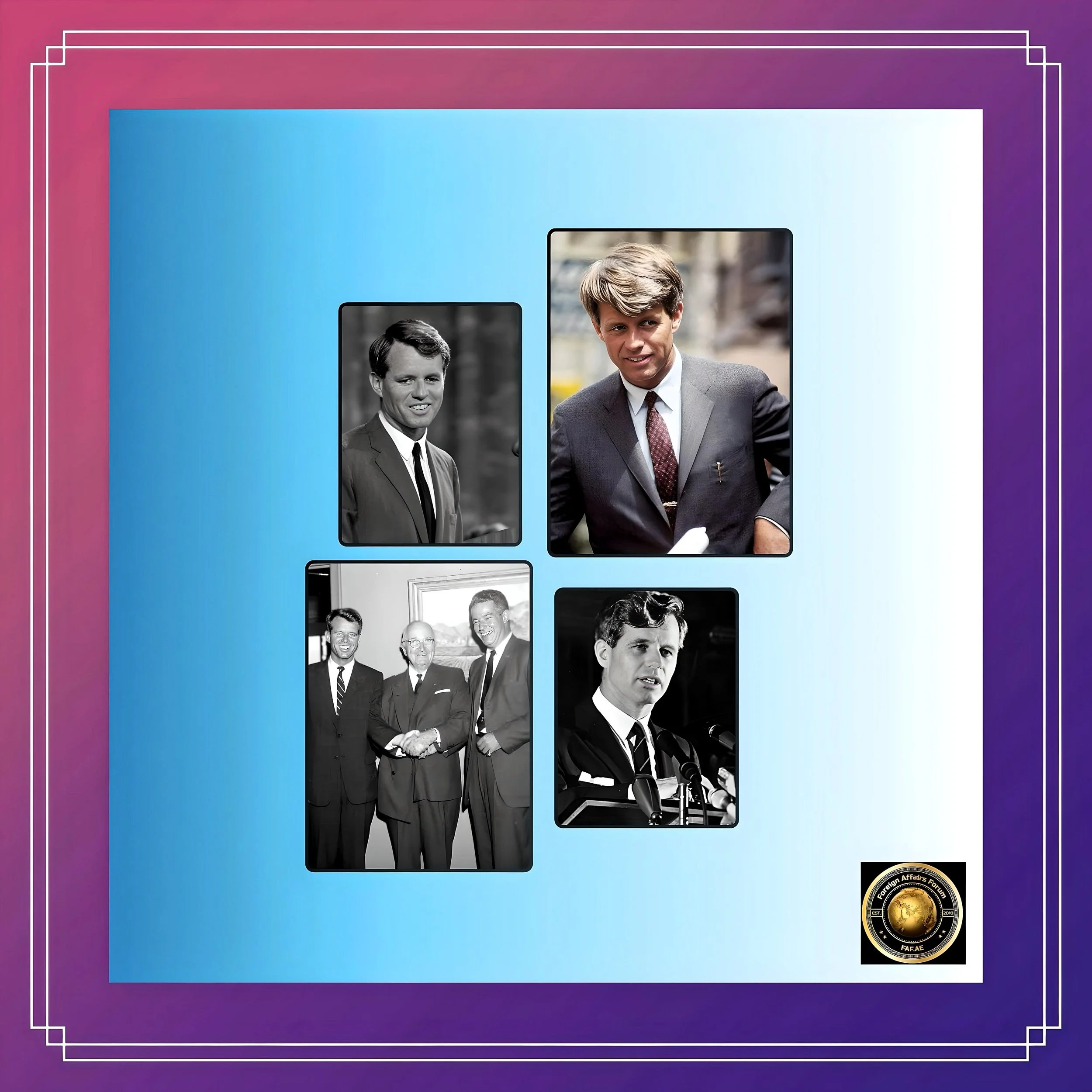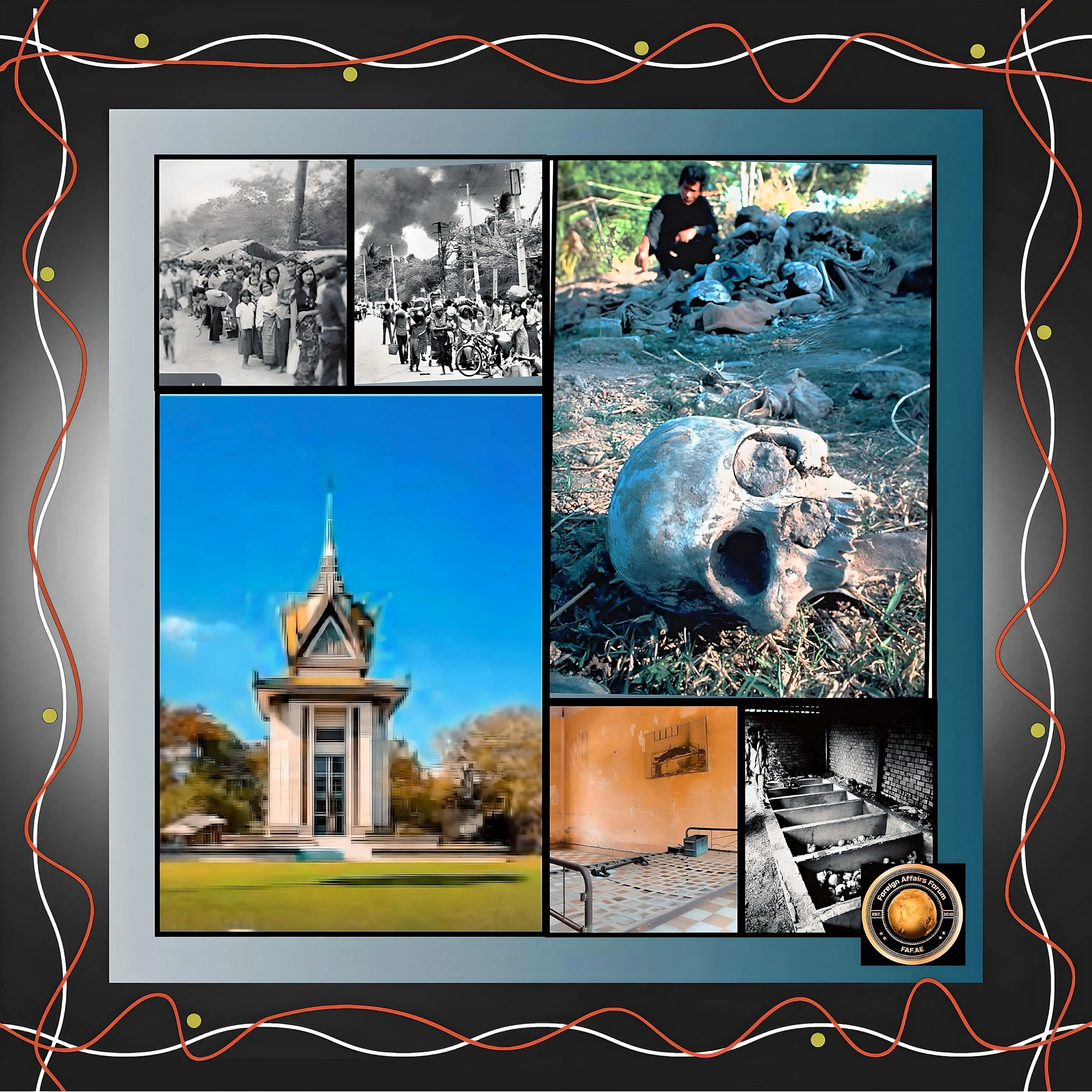Robert F. Kennedy’s Historic 1966 Visit to Apartheid South Africa
Introduction
In June 1966, Senator Robert F. Kennedy embarked on a momentous five-day journey to South Africa during the height of apartheid, creating what would become known as a “ripple of hope” in a nation gripped by racial segregation and oppression.
His visit, occurring just two years before his tragic assassination, stands as one of the most significant international interventions against the apartheid regime and continues to resonate decades later as a powerful example of moral courage and political leadership.
The Context and Circumstances of Kennedy’s Visit
Kennedy’s journey to South Africa came during one of the darkest periods of apartheid rule.
The African National Congress leaders, including Nelson Mandela, were imprisoned on Robben Island, while ANC President Chief Albert Luthuli was living under a banning order.
The country was isolated, with the apartheid government exercising total control over media, banning books, censoring newspapers, and controlling all radio broadcasts.
The senator’s visit was not an official U.S. government mission but rather a personal acceptance of an invitation from the National Union of South African Students (NUSAS), a multi-racial anti-apartheid student organization.
Ian Robertson, the 21-year-old president of NUSAS who had extended the invitation, was banned by the South African government just two weeks before Kennedy’s arrival - forbidden from being in a room with more than one other person at a time.
During Kennedy’s speech at the University of Cape Town, an empty chair was left on stage as a symbol of Robertson’s forced absence.
The apartheid government was reluctant to grant Kennedy a visa but eventually relented, likely because they feared the consequences of denying entry to someone who might become the next U.S. president.
However, they refused to provide any security for the senator during his visit - a significant risk given his brother’s assassination less than three years earlier. The government also denied entry to 40 print and television journalists who wanted to cover Kennedy’s trip.
The “Ripple of Hope” Speech and University Visits
Kennedy arrived at Johannesburg airport shortly after midnight on June 5, 1966, where he was greeted by a crowd much larger than the administration had anticipated. In his arrival speech, he emphasized his desire to listen and learn from South Africans rather than to criticize: “I want to emphasize my own earnest desire to hear South Africans’ talking about their country and its problems. I am here to listen and learn…”
The centerpiece of Kennedy’s visit was his address at the University of Cape Town on June 6, 1966, during NUSAS’s annual Day of Affirmation, which reaffirmed the university’s commitment to academic and human freedom. Speaking to approximately 18,000 white students, Kennedy delivered what would become known as the “Ripple of Hope” speech - widely regarded as one of his greatest orations.
In this powerful address, Kennedy used a clever rhetorical device, opening with what seemed to be a description of South Africa before revealing he was actually describing the United States - drawing parallels between both nations’ struggles with racial justice.
The most famous passage from this speech, later inscribed on Kennedy’s gravestone, reads: “Each time a man stands up for an ideal, or acts to improve the lot of others, or strikes out against injustice, he sends forth a tiny ripple of hope, and crossing each other from a million different centers of energy and daring those ripples build a current which can sweep down the mightiest walls of oppression and resistance.”
Kennedy also spoke at the University of Stellenbosch, a pro-apartheid Afrikaner institution, where he directly challenged students with provocative questions including: “If the blacks are not inferior to the whites, why may they not take part in your elections?
Why do you now spend less on their education than five years ago? Why do you not allow them to worship in your churches? What the HELL would you do if you found out God was black?” The room fell silent as students were reportedly too afraid to respond to his direct challenges.
Meeting with Chief Albert Luthuli
One of the most significant aspects of Kennedy’s visit was his defiant meeting with Chief Albert Luthuli, the Nobel Peace Prize-winning president of the African National Congress who was living under house arrest in the rural area of Groutville.
This meeting required particular courage and determination, as Luthuli was essentially a non-person under apartheid laws - he couldn’t be quoted, photographed, or meet with people freely.
Kennedy and his wife Ethel took a helicopter to meet Luthuli, making the visit without requesting permission from the South African government. The significance of this meeting cannot be overstated - it was, as Larry Shore (producer of a documentary about Kennedy’s visit) described it, “a big publicity boost for the ANC, which in 1966 was in the depths of the deepest repression”.
After the meeting, Kennedy was able to publicly quote Luthuli and speak about their conversation, giving an international voice to a leader who had been silenced.
Visit to Soweto and Public Response
Kennedy also visited Soweto, South Africa’s largest black township, where he received an overwhelming welcome. The reception he received from black South Africans was extraordinary, giving them hope that the outside world recognized their struggle.
His visit was so impactful that many boys born in Soweto around that time were named Robert Kennedy or simply Kennedy in his honor.
The apartheid government officials largely refused to meet with Kennedy. He had requested meetings with government leaders, but they rejected his efforts - a decision that was widely criticized, even by some pro-apartheid journalists.
The Deputy Minister of Bantu Administration and Education, Blaar Coetzee, declared Kennedy’s visit “unnecessary” and criticized his association with NUSAS, whose “past chairmen have all been convicted of sabotage or banned as communists, or have fled the country”.
Legacy and Impact of the Visit
Kennedy’s five-day journey through South Africa created what Shore described as “an important moment, an important symbol” that “laid important seeds”.
It was the first time anyone prominent from the international community had come to South Africa and openly sided with the anti-apartheid movement.
The visit boosted morale for both black South Africans and white liberal organizations. Kennedy’s interactions with the Afrikaans students at Stellenbosch University helped plant seeds for what later became the “verligte” (enlightened) movement among some Afrikaners.
While the visit didn’t immediately change U.S. policy toward South Africa, it was one of several developments that began drawing international attention to apartheid.
Just two years after his South African journey, Kennedy was assassinated in June 1968 in Los Angeles, shortly after winning the California primary in his bid for the Democratic presidential nomination.
His death cut short what many believed would have been a presidency that could have applied significant pressure on the apartheid regime.
Commemorations and Historical Recognition
In 2016, the 50th anniversary of Kennedy’s visit was commemorated at a special event at the University of Cape Town on June 4, with his daughter Kerry Kennedy as the keynote speaker.
Kerry led a large family delegation, including her three daughters, 23 nieces and nephews, and seven members of the U.S. Congress, to retrace her father’s footsteps in South Africa.
The documentary “RFK in the Land of Apartheid: A Ripple of Hope” by Larry Shore and Kathleen Kennedy Townsend preserves the historical record of this remarkable visit.
In 2013, President Barack Obama referenced Kennedy’s “Ripple of Hope” speech during his own address at the University of Cape Town, connecting the continuing struggle for justice across generations.
Conclusion
Robert F. Kennedy’s 1966 visit to South Africa represents a profound moment when moral courage confronted entrenched injustice. In just five days, he managed to challenge the apartheid system, give hope to the oppressed, and plant seeds for future change.
As Peter Edelman, professor at Georgetown University, noted, Kennedy was “the first prominent person to write about South Africa and begin to talk about putting pressure on the government to change its apartheid policy”.
The enduring power of Kennedy’s “Ripple of Hope” speech and his courageous journey through apartheid South Africa reminds us that individual acts of moral leadership can indeed create ripples that eventually become currents of change.
Had he lived to become president, as many expected, his influence might have accelerated the end of apartheid. Though we can never know what might have been, the impact of what was - his brief, brave stand in South Africa - continues to inspire more than half a century later.





